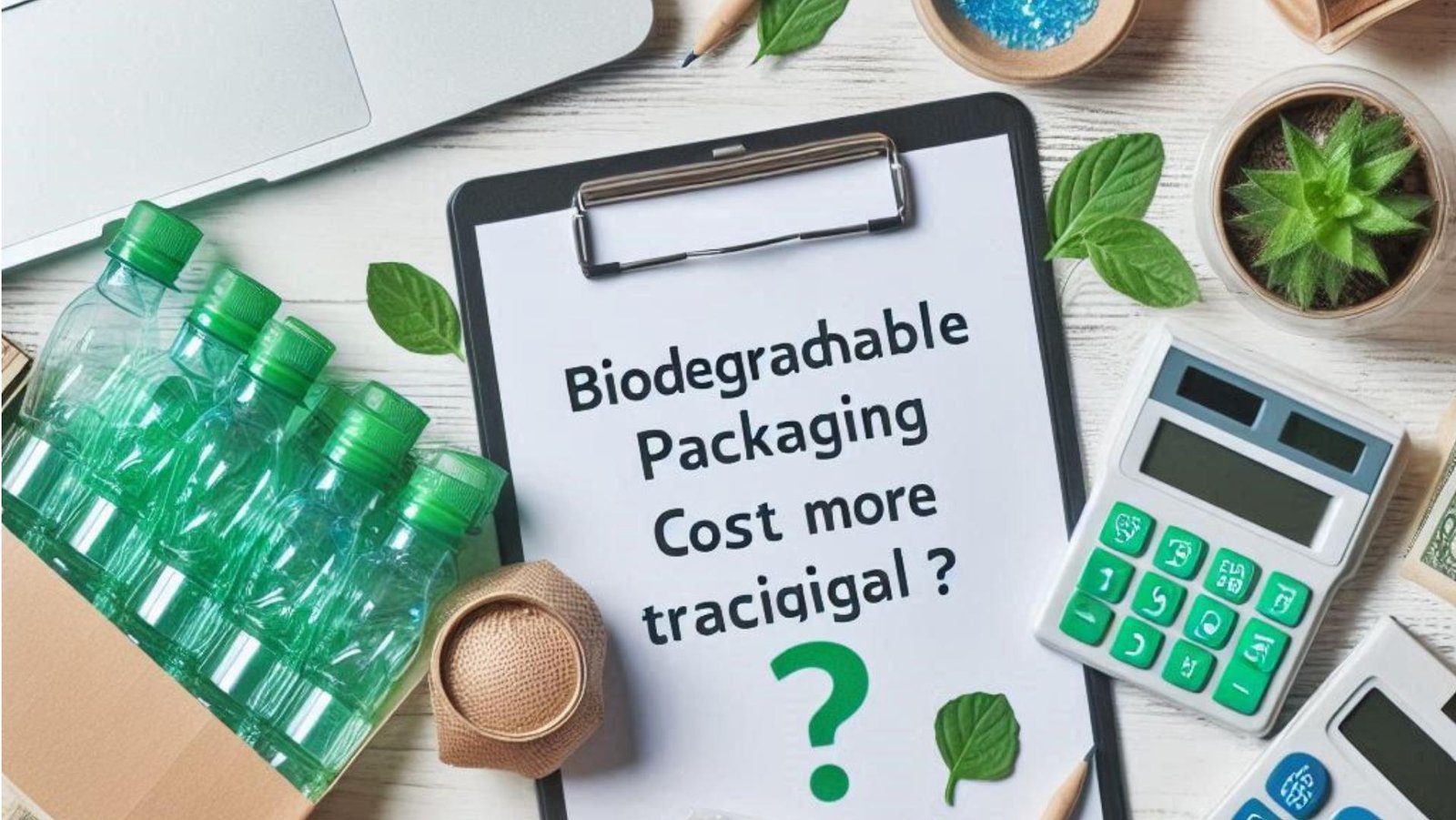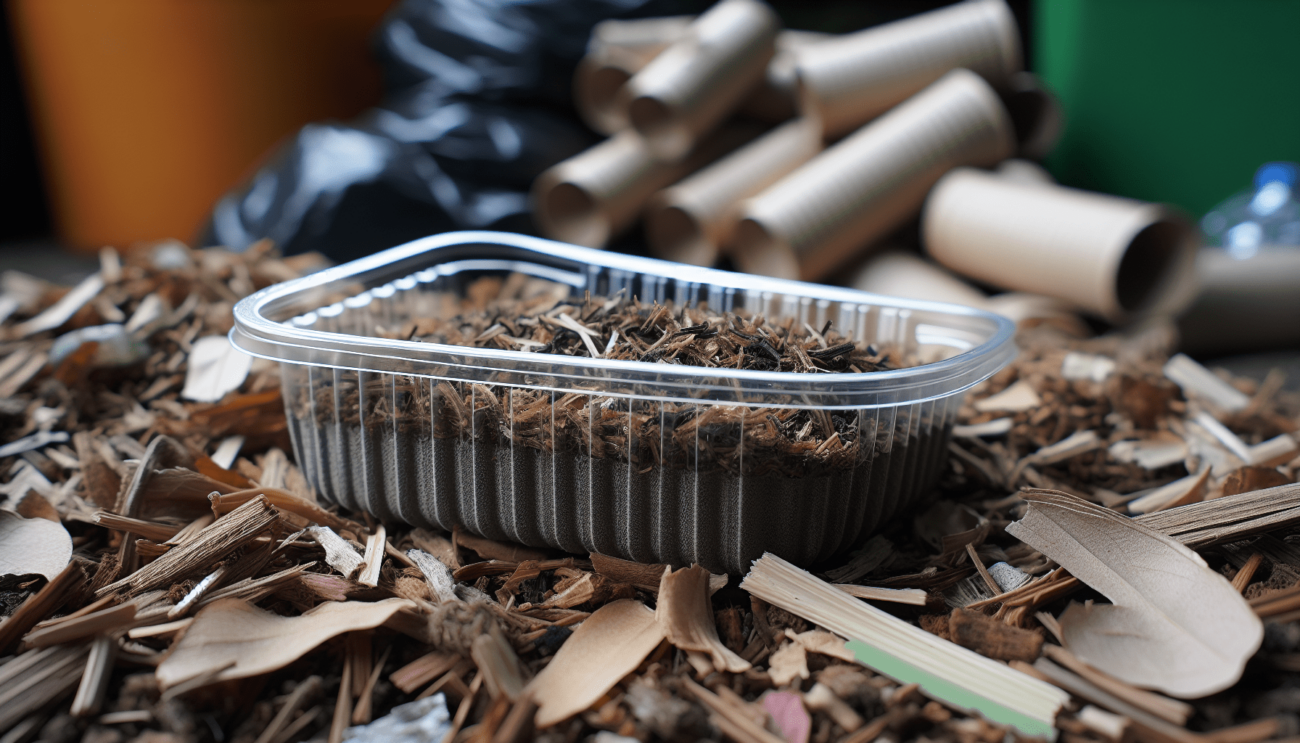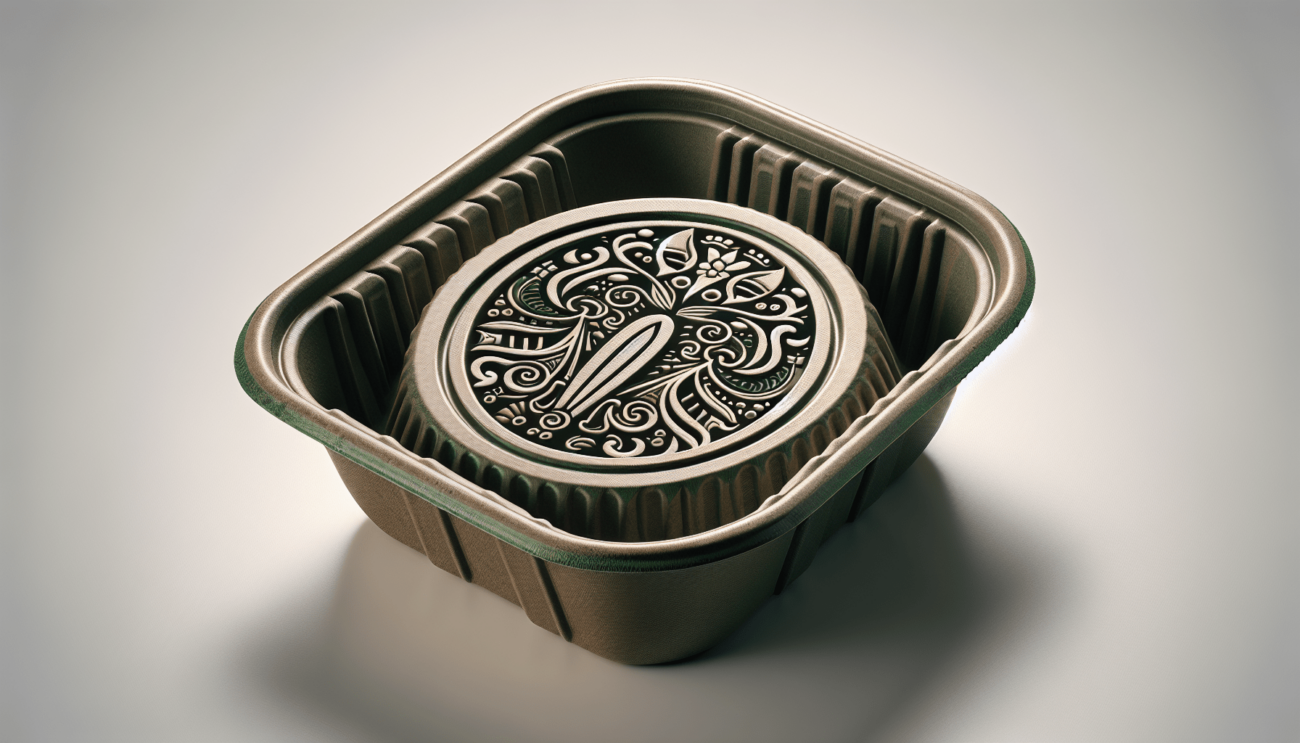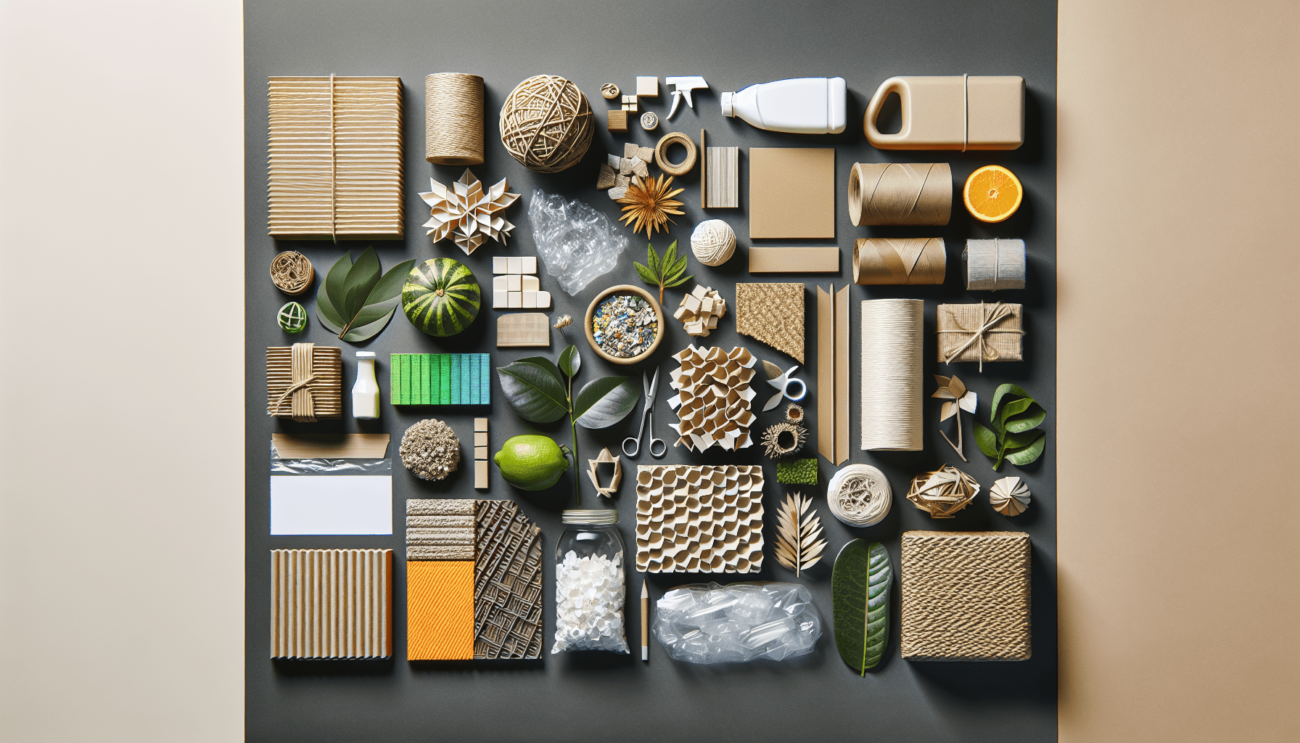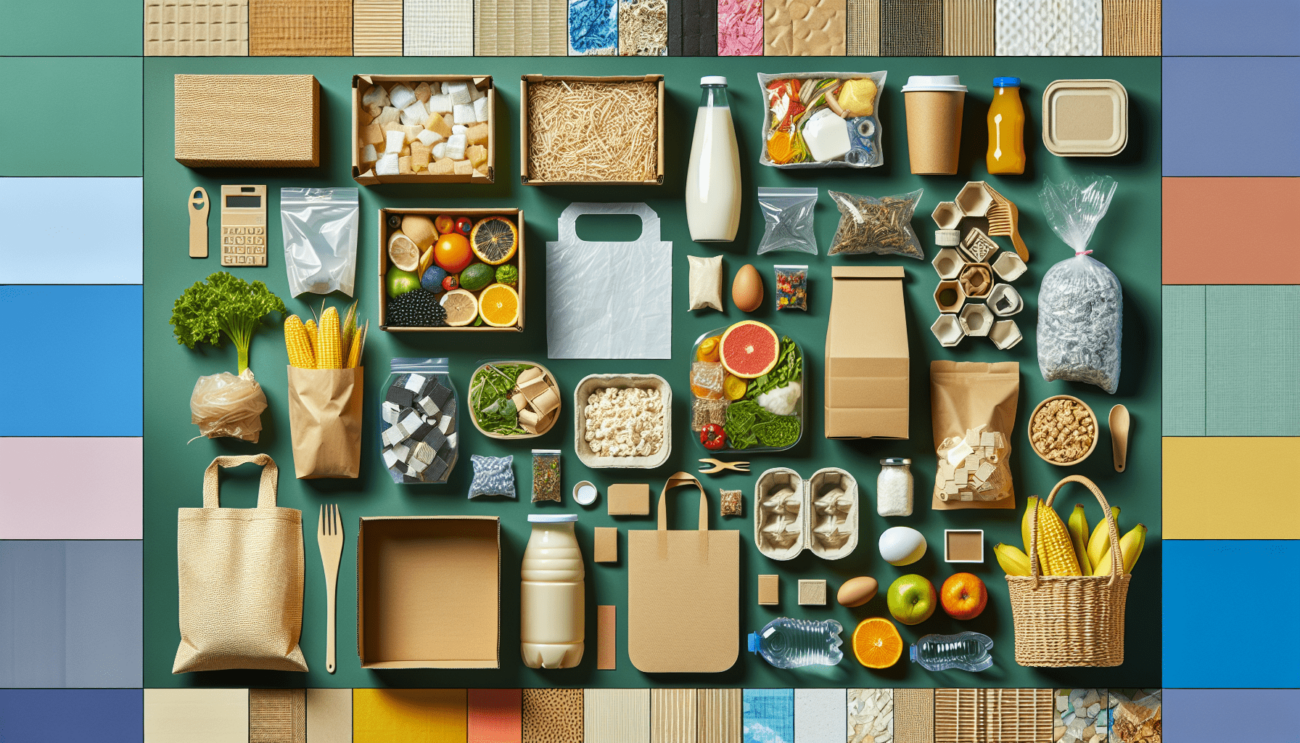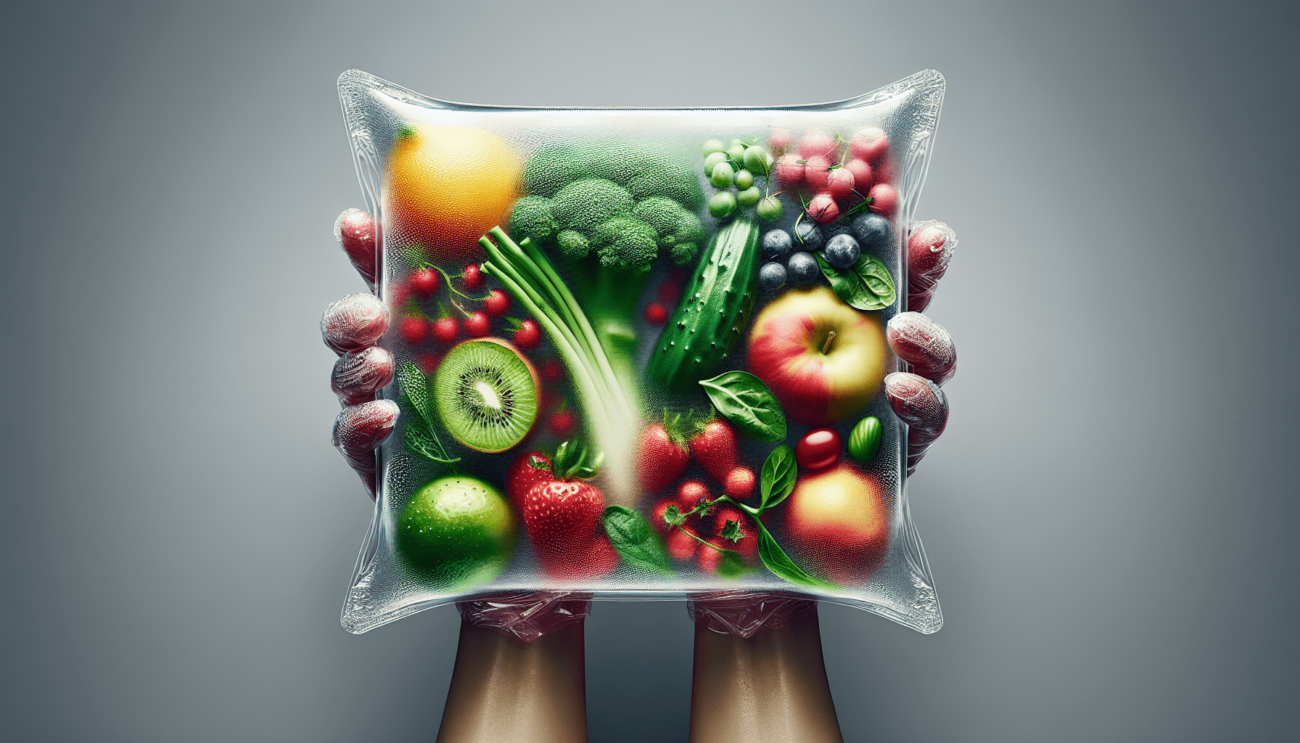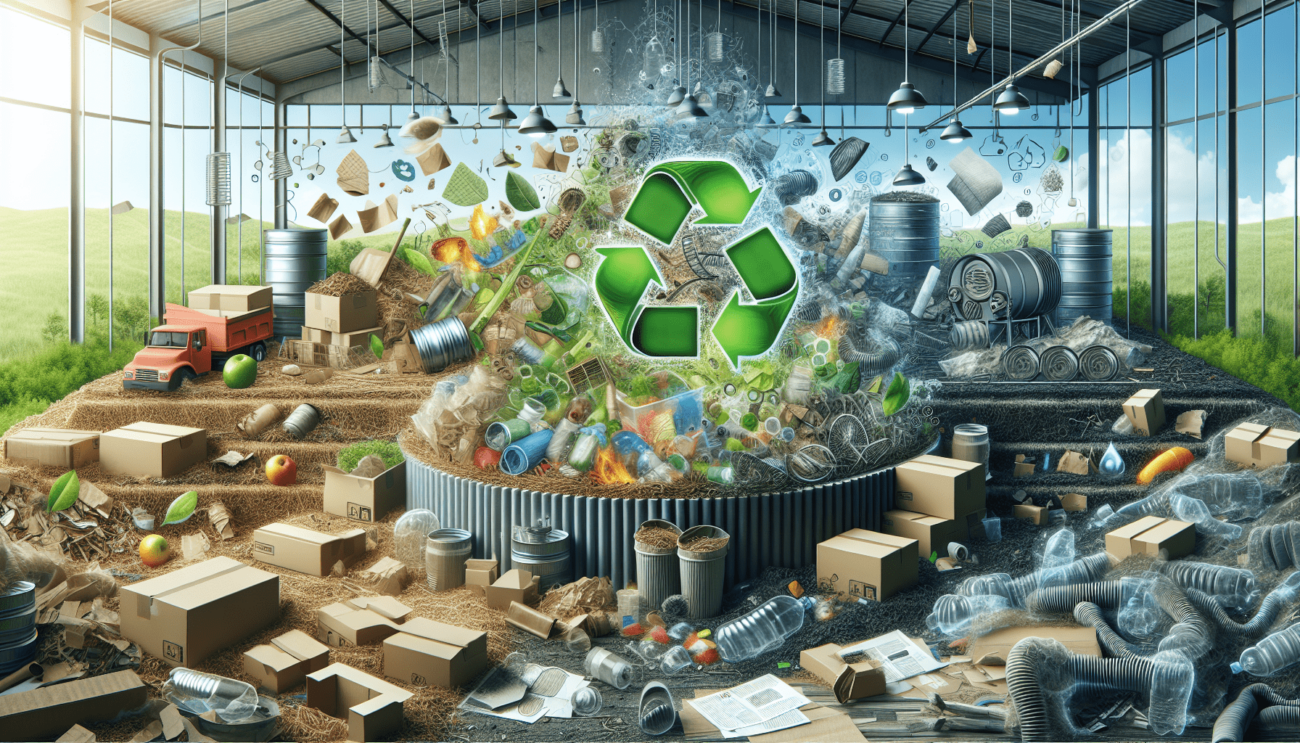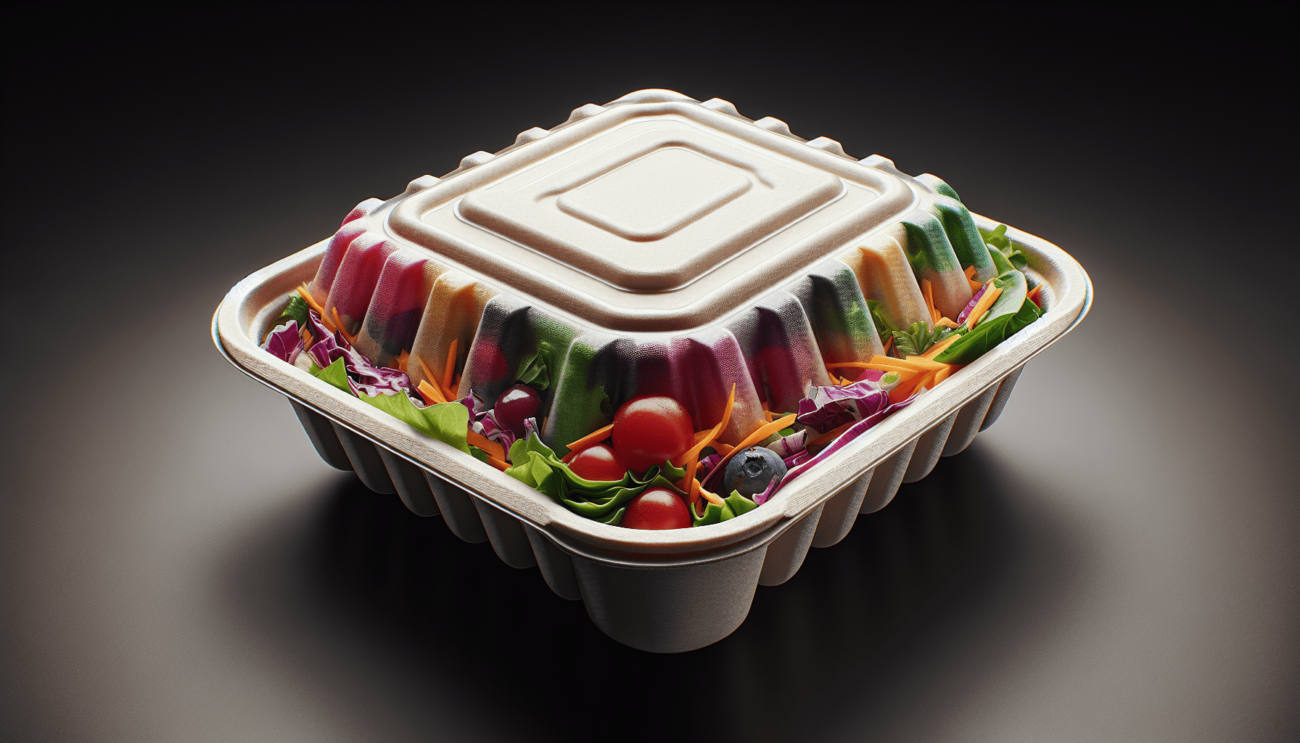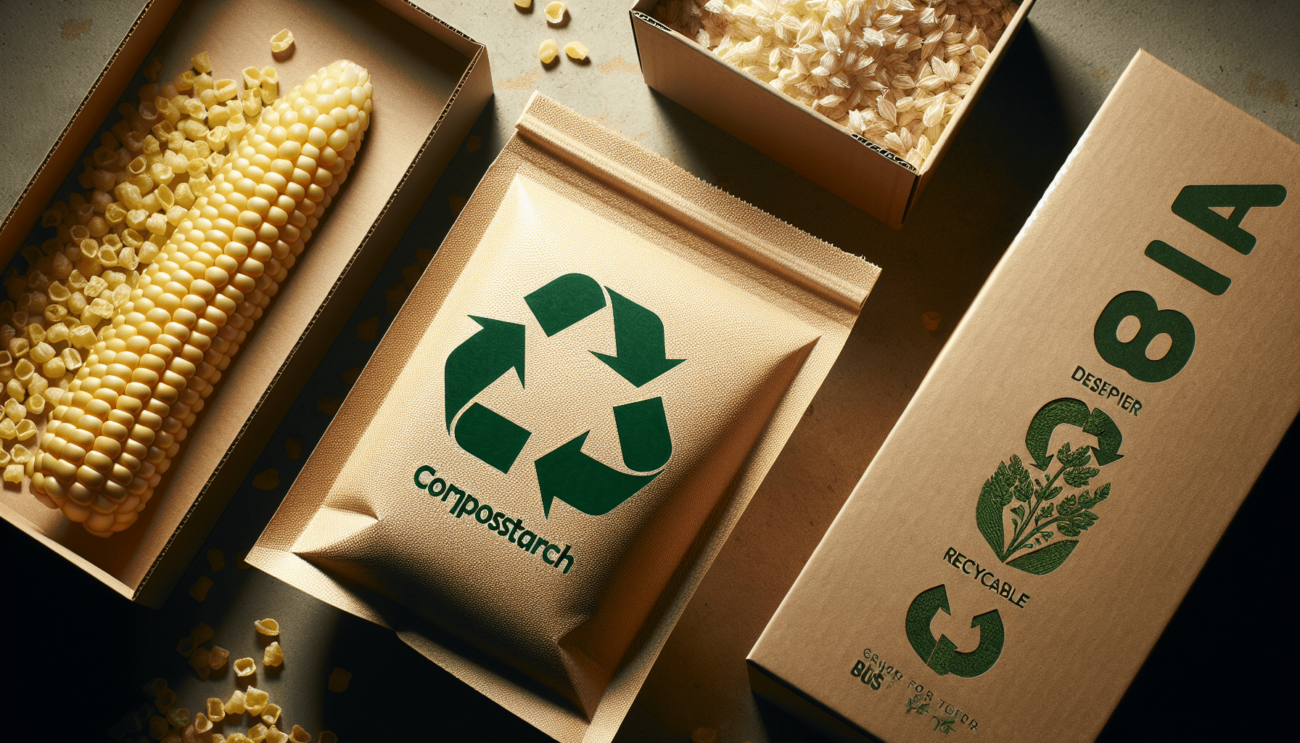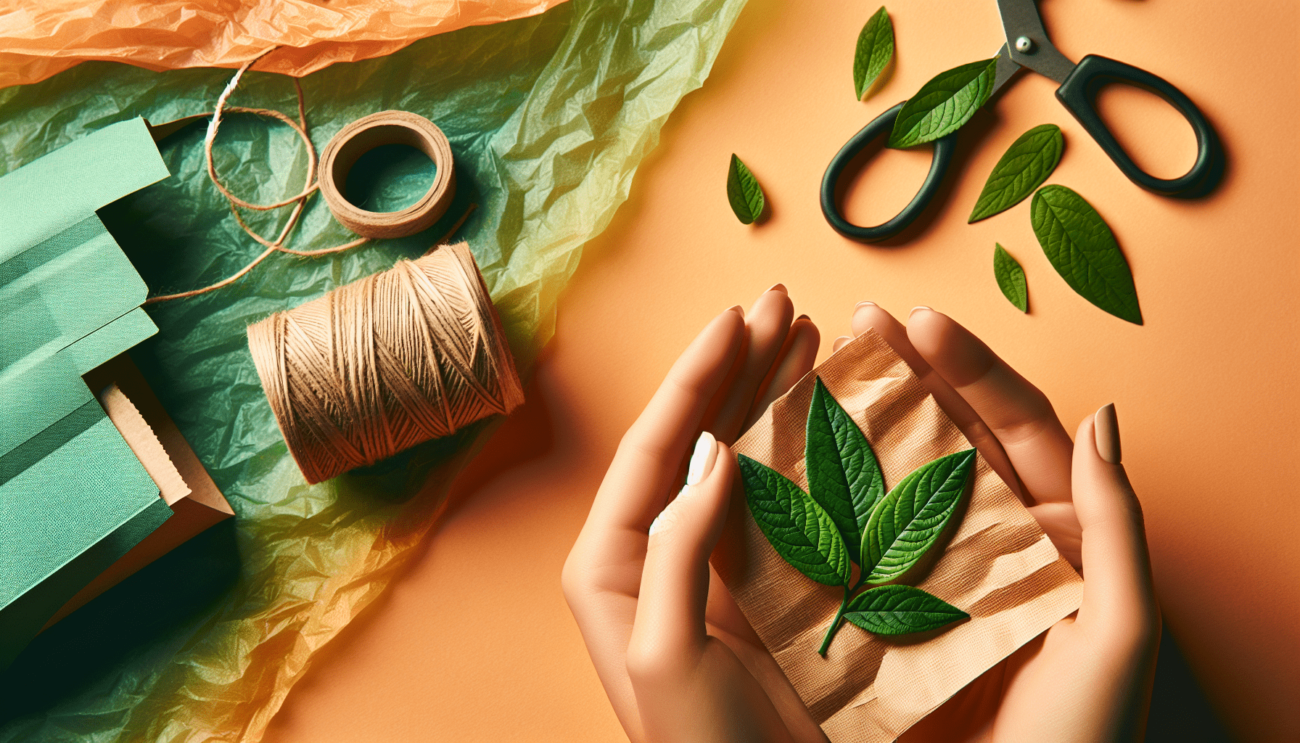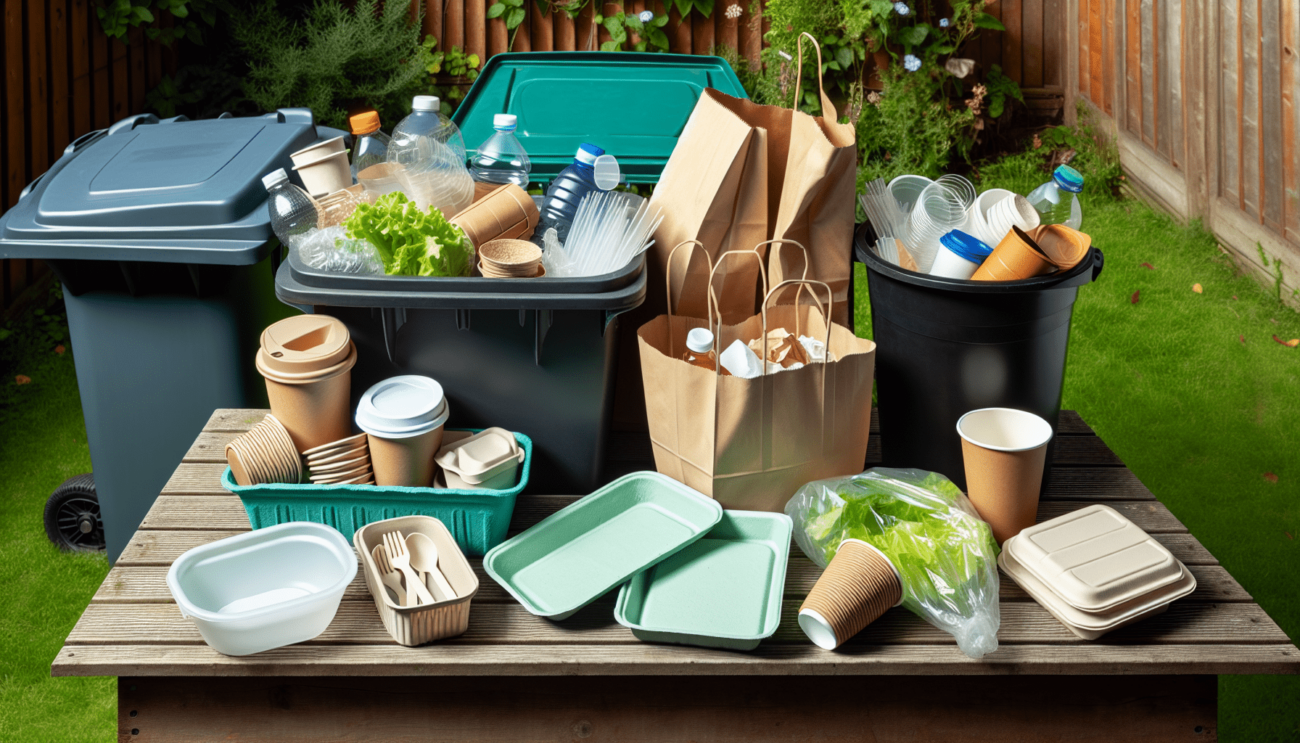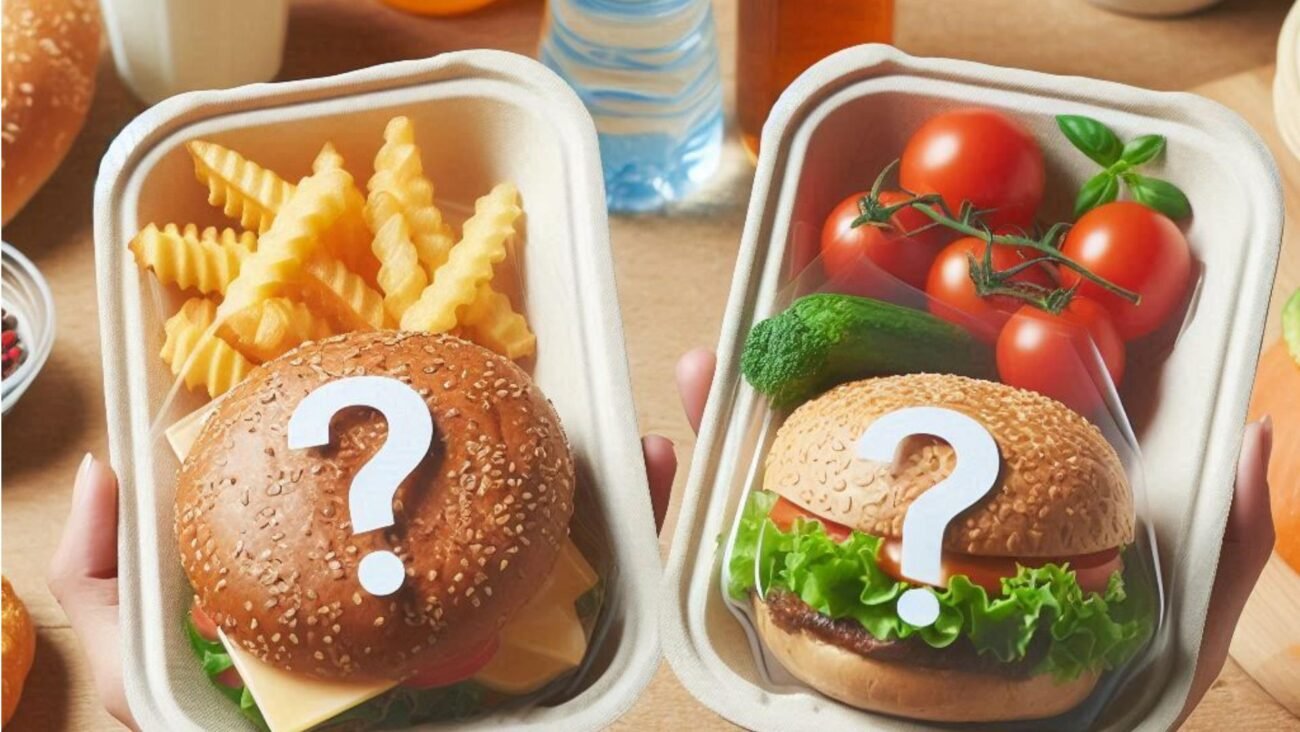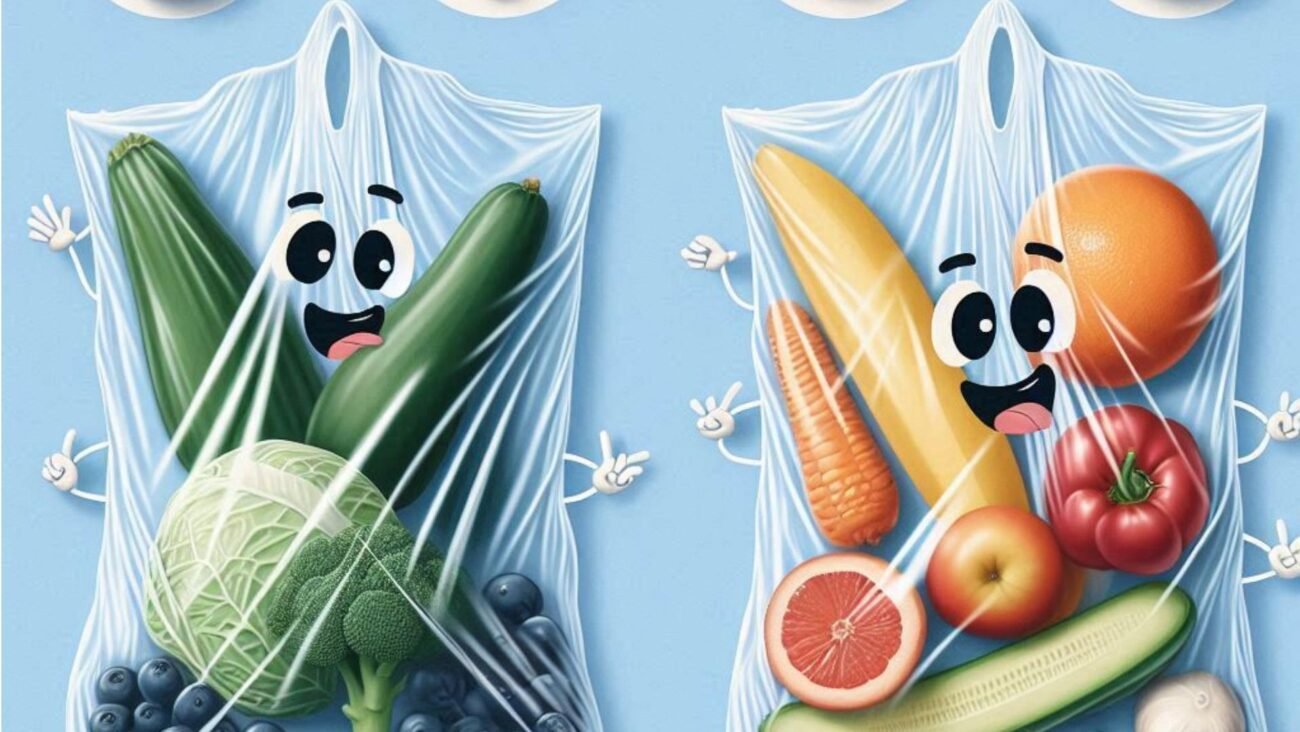Does Biodegradable Packaging Cost More Than Traditional Packaging?
Biodegradable Packaging vs. Traditional Packaging: Cost Comparison
So, you’re considering making the switch to biodegradable packaging for your business, but you’re worried about the cost. Let’s break down the cost comparison between biodegradable packaging and traditional packaging to help you make an informed decision.
Initial Cost of Biodegradable Packaging
When it comes to the initial cost, biodegradable packaging tends to be slightly more expensive than traditional packaging. This is because the materials used to make biodegradable packaging, such as plant-based plastics or compostable materials, are more expensive to produce than conventional materials like plastic or Styrofoam.
Long-Term Cost Savings with Biodegradable Packaging
However, the long-term cost savings of biodegradable packaging may outweigh the initial higher cost. Biodegradable packaging is often more durable and can help extend the shelf life of products, reducing the likelihood of spoilage or damage during transportation. This can lead to cost savings in the long run by reducing the need for replacements or refunds.
Benefits of Using Biodegradable Packaging
Now that you have a better understanding of the cost comparison, let’s explore the benefits of using biodegradable packaging for your business.
Environmental Impact
One of the most significant benefits of biodegradable packaging is its positive impact on the environment. Traditional packaging materials like plastic can take hundreds of years to decompose, contributing to pollution and harm to wildlife. Biodegradable packaging, on the other hand, breaks down naturally in a shorter period, reducing the strain on the environment.
Brand Image and Customer Perception
Customers are increasingly conscious of the environmental impact of their purchasing decisions. By using biodegradable packaging, you can enhance your brand image and attract eco-conscious consumers who value sustainable practices. This can help differentiate your business from competitors and build a loyal customer base.
Regulatory Compliance
Many countries and regions have stringent regulations on the use of plastic packaging due to its harmful effects on the environment. By switching to biodegradable packaging, you can ensure compliance with these regulations and avoid potential fines or penalties for using non-sustainable materials.
Types of Biodegradable Packaging Materials
Biodegradable packaging comes in a variety of materials, each with its unique properties and benefits. Let’s take a closer look at some common types of biodegradable packaging materials.
Bioplastics
Bioplastics are derived from renewable sources like corn starch, sugarcane, or cellulose. They have similar properties to traditional plastics but are biodegradable and compostable, making them an eco-friendly alternative for various packaging applications.
Compostable Materials
Compostable materials like paper, cardboard, and plant-based fibers are designed to break down entirely in composting facilities, leaving behind nutrient-rich soil. These materials are ideal for food packaging and single-use items that are expected to be disposed of after use.
Mushroom Packaging
Mushroom packaging is made from mycelium, the root structure of fungus, grown on agricultural waste like sawdust or husks. It is biodegradable, compostable, and lightweight, making it a sustainable alternative to traditional packaging materials.
Bagasse
Bagasse is a byproduct of sugarcane processing and is often used to make biodegradable packaging items like plates, bowls, and clamshell containers. Bagasse is compostable, heat-resistant, and sturdy, making it an excellent choice for foodservice packaging.
Implementing Biodegradable Packaging in Your Business
Now that you’re convinced of the benefits of biodegradable packaging let’s discuss how you can successfully implement it in your business operations.
Conduct a Packaging Audit
Start by conducting a packaging audit to assess your current packaging materials and identify areas where you can replace traditional packaging with biodegradable alternatives. Consider factors like cost, durability, and environmental impact when selecting biodegradable packaging options.
Work with Sustainable Suppliers
Partner with suppliers that offer a wide range of biodegradable packaging materials at competitive prices. Look for certifications like BPI (Biodegradable Products Institute) or Compostable logos to ensure that the materials meet the required standards for biodegradability.
Communicate with Customers
Educate your customers about the switch to biodegradable packaging and the benefits it offers in terms of environmental sustainability. Highlight your commitment to eco-friendly practices and encourage customers to support your efforts by choosing products packaged in biodegradable materials.
Monitor and Adjust
Monitor the performance of biodegradable packaging in terms of durability, shelf life, and customer satisfaction. Make adjustments as needed to address any issues that may arise and continue to seek feedback from customers to improve the packaging experience.
Final Thoughts
In conclusion, while biodegradable packaging may have a slightly higher initial cost compared to traditional packaging, the long-term benefits far outweigh the investment. By choosing biodegradable packaging for your business, you can reduce your environmental footprint, attract eco-conscious customers, and ensure regulatory compliance. Make the switch to biodegradable packaging today and take a step towards a more sustainable future for your business and the planet.

